Need help? Call us: +86-15105800333 / Whatsapp:+86-15105800333 / Email:[email protected]
- Home
- Product
- About
- Strength
- News
- Contact
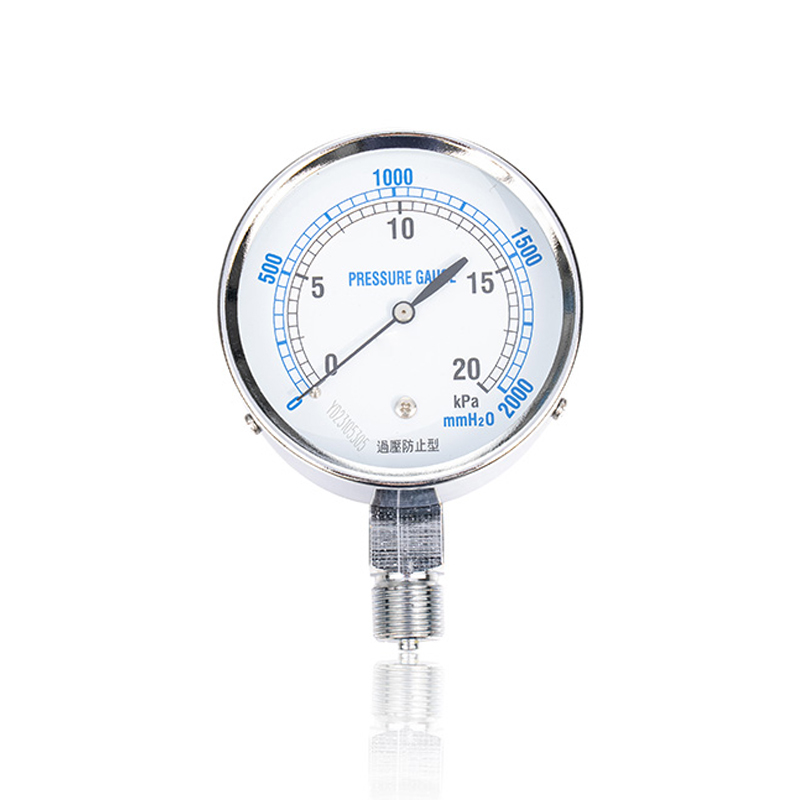
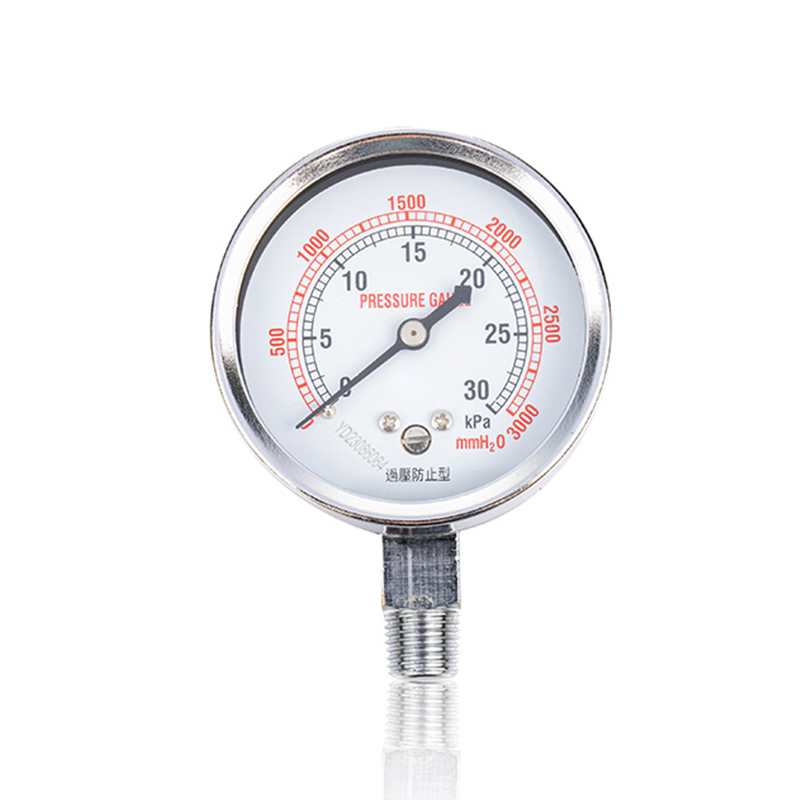
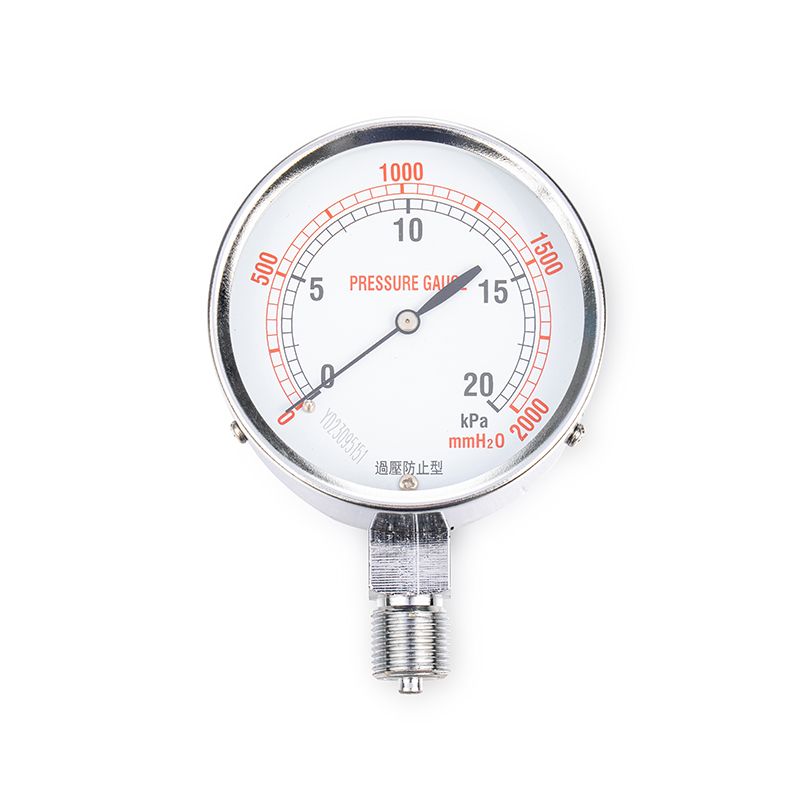
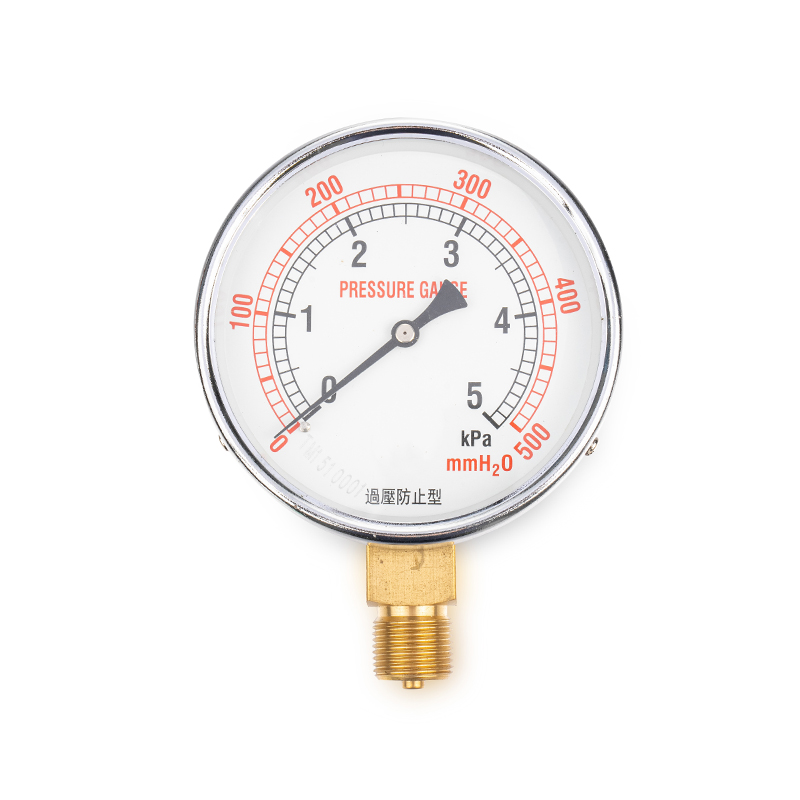
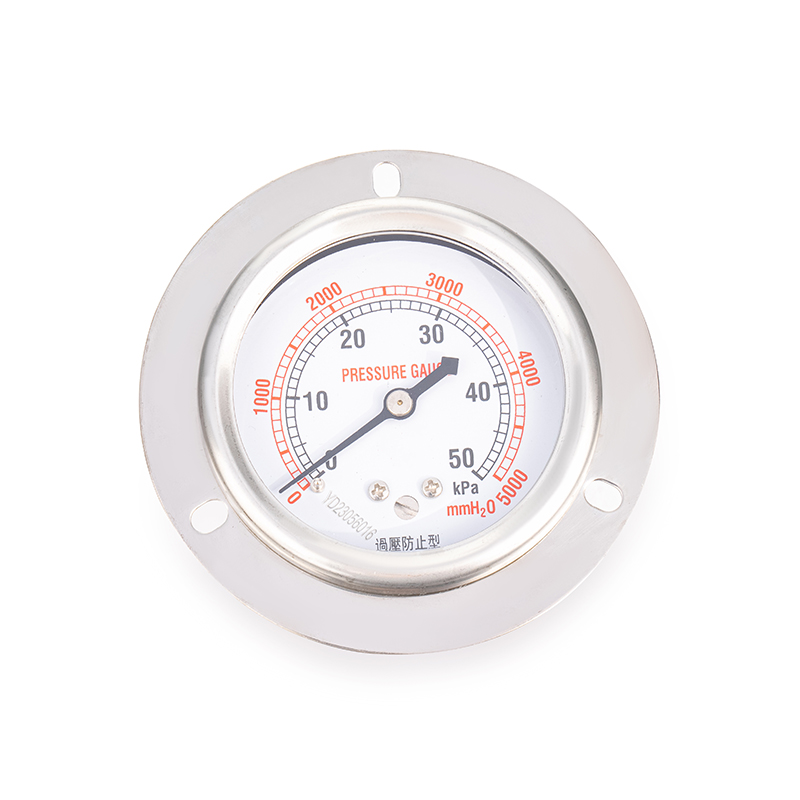
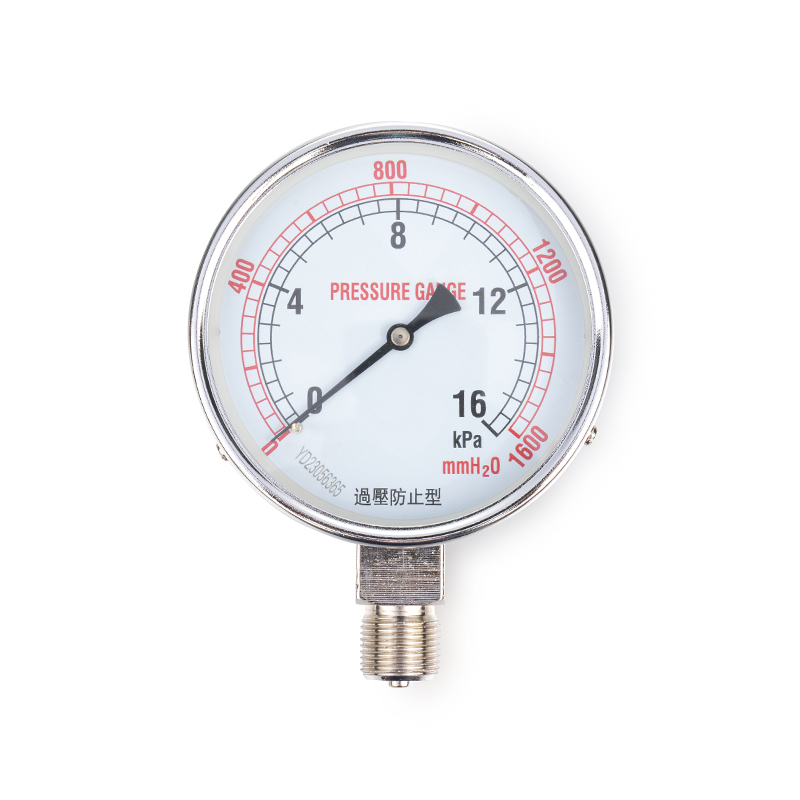
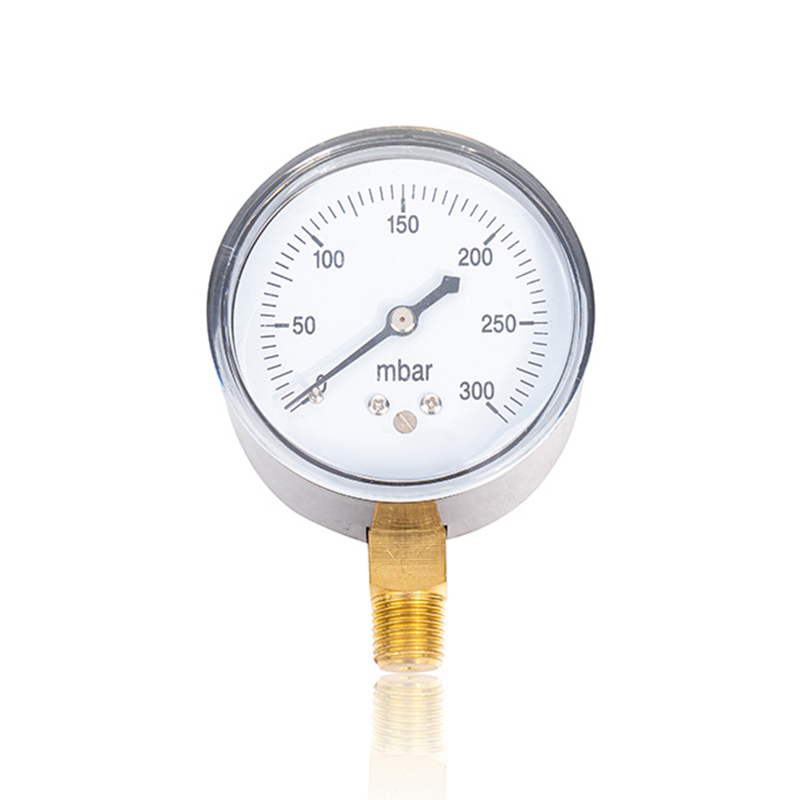
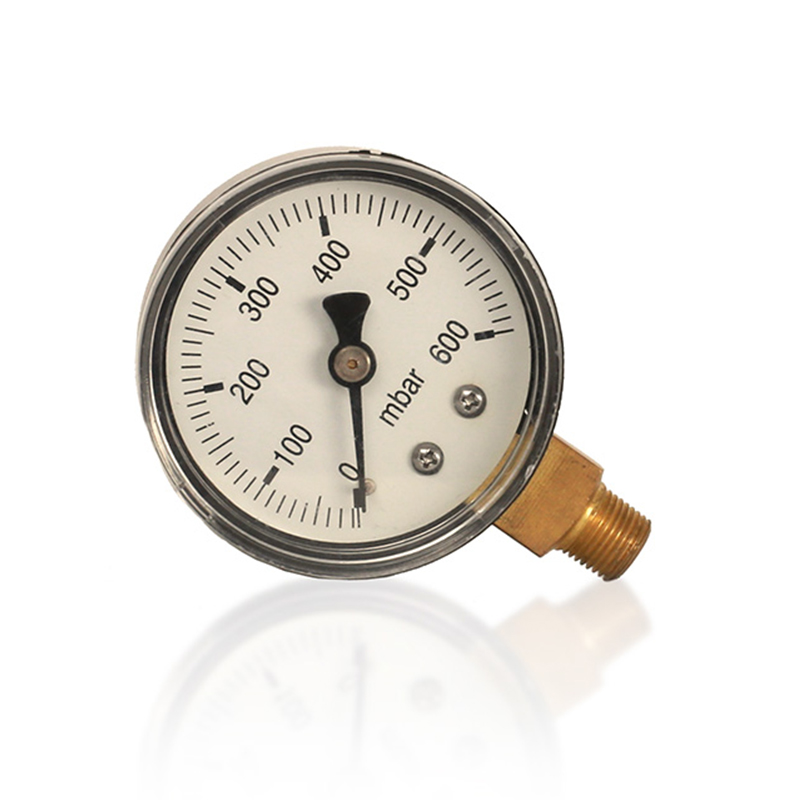
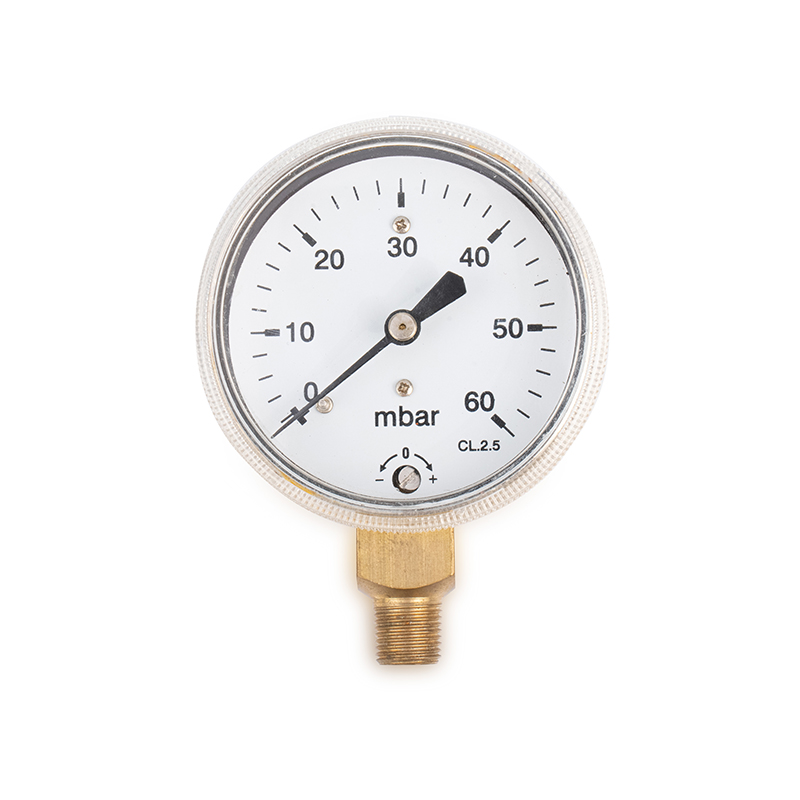
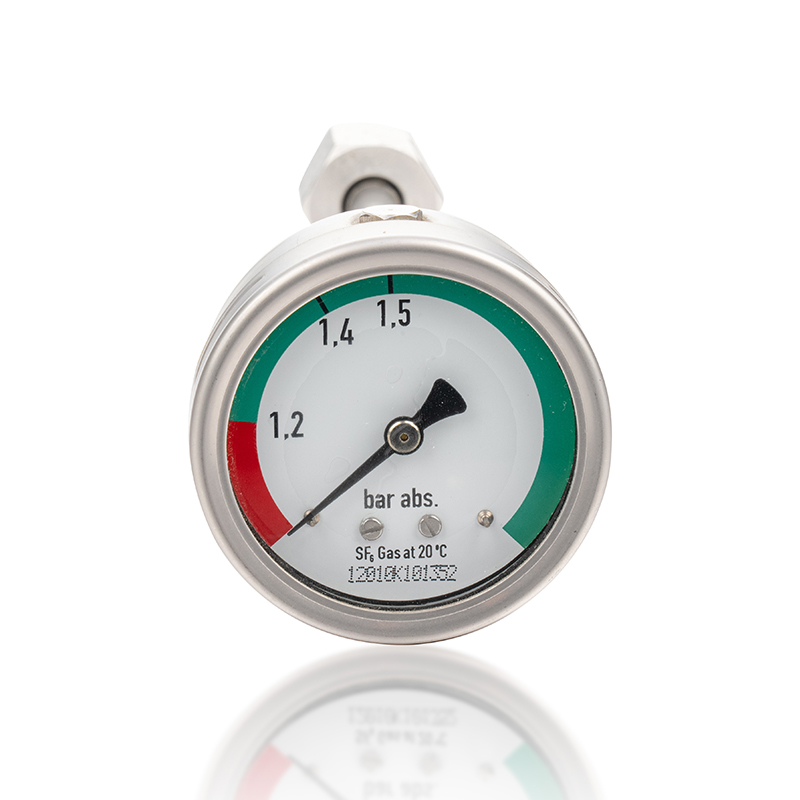

| Nominal size | Y40、Y50、Y60、Y80、Y100 |
| Scale range | 0-5、10、15、30、50、60kpa...... |
| Accuracy class | CL2.5/4.0 |
| Connection | PT3/8、PT1/2、G3/8、M20*1.5、Customizable |
| Connection material | Copper、Stainless Steel |
| Case | Stainless Steel、Iron |


| Nominal size | Y40、Y50、Y60、Y80、Y100 |
| Scale range | 0-5、10、15、30、50、60kpa...... |
| Accuracy class | CL2.5/4.0 |
| Connection | PT3/8、PT1/2、G3/8、M20*1.5、Customizable |
| Connection material | Copper、Stainless Steel |
| Case | Stainless Steel、Iron |


| Nominal size | Y40、Y50、Y60、Y80、Y100 |
| Scale range | 0-5、10、15、30、50、60kpa...... |
| Accuracy class | CL2.5/4.0 |
| Connection | PT3/8、PT1/2、G3/8、M20*1.5、Customizable |
| Connection material | Copper、Stainless Steel |
| Case | Stainless Steel、Iron |


| Nominal size | Y40、Y50、Y60、Y80、Y100 |
| Scale range | 0-5、10、15、30、50、60kpa...... |
| Accuracy class | CL2.5/4.0 |
| Connection | PT3/8、PT1/2、G3/8、M20*1.5、Customizable |
| Connection material | Copper、Stainless Steel |
| Case | Stainless Steel、Iron |


| Nominal size | Y40、Y50、Y60、Y80、Y100 |
| Scale range | 0-5、10、15、30、50、60kpa...... |
| Accuracy class | CL2.5/4.0 |
| Connection | PT3/8、PT1/2、G3/8、M20*1.5、Customizable |
| Connection material | Copper、Stainless Steel |
| Case | Stainless Steel、Iron |


| Nominal size | Y40、Y50、Y60、Y80、Y100 |
| Scale range | 0-5、10、15、30、50、60kpa...... |
| Accuracy class | CL2.5/4.0 |
| Connection | PT3/8、PT1/2、G3/8、M20*1.5、Customizable |
| Connection material | Copper、Stainless Steel |
| Case | Stainless Steel、Iron |


| Nominal size | Y40、Y50、Y60、Y80、Y100 |
| Scale range | 0-5、10、15、30、50、60kpa...... |
| Accuracy class | CL2.5/4.0 |
| Connection | PT3/8、PT1/2、G3/8、M20*1.5、Customizable |
| Connection material | Copper、Stainless Steel |
| Case | Stainless Steel、Iron |


| Nominal size | Y40、Y50、Y60、Y80、Y100 |
| Scale range | 0-5、10、15、30、50、60kpa...... |
| Accuracy class | CL2.5/4.0 |
| Connection | PT3/8、PT1/2、G3/8、M20*1.5、Customizable |
| Connection material | Copper、Stainless Steel |
| Case | Stainless Steel、Iron |


| Nominal size | Y40、Y50、Y60、Y80、Y100 |
| Scale range | 0-5、10、15、30、50、60kpa...... |
| Accuracy class | CL2.5/4.0 |
| Connection | PT3/8、PT1/2、G3/8、M20*1.5、Customizable |
| Connection material | Copper、Stainless Steel |
| Case | Stainless Steel、Iron |


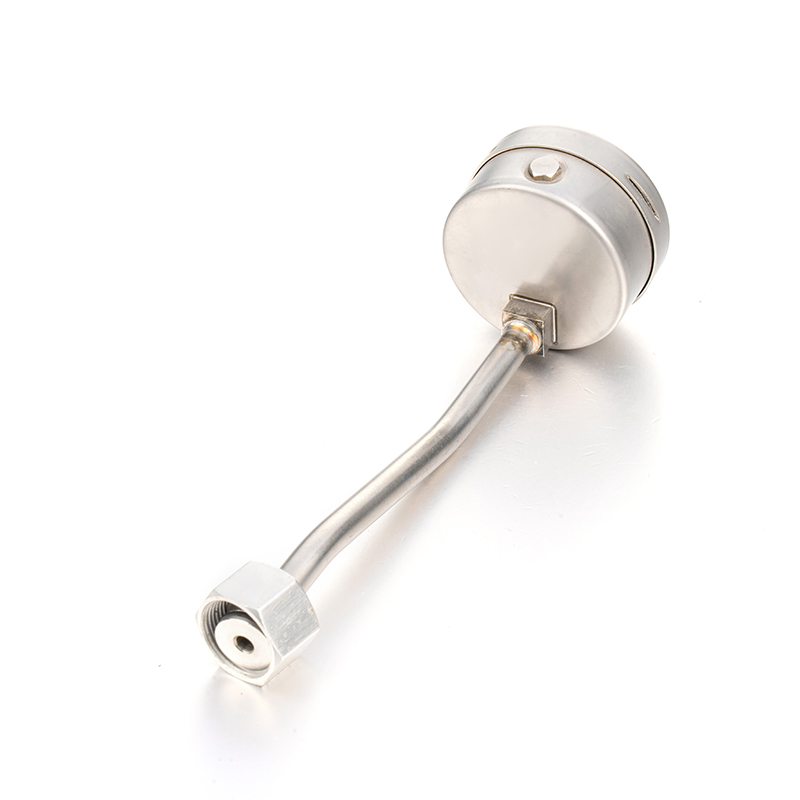
| Nominal size | Y40、Y50、Y60、Y80、Y100 |
| Scale range | 0-5、10、15、30、50、60kpa...... |
| Accuracy class | CL2.5/4.0 |
| Connection | PT3/8、PT1/2、G3/8、M20*1.5、Customizable |
| Connection material | Copper、Stainless Steel |
| Case | Stainless Steel、Iron |


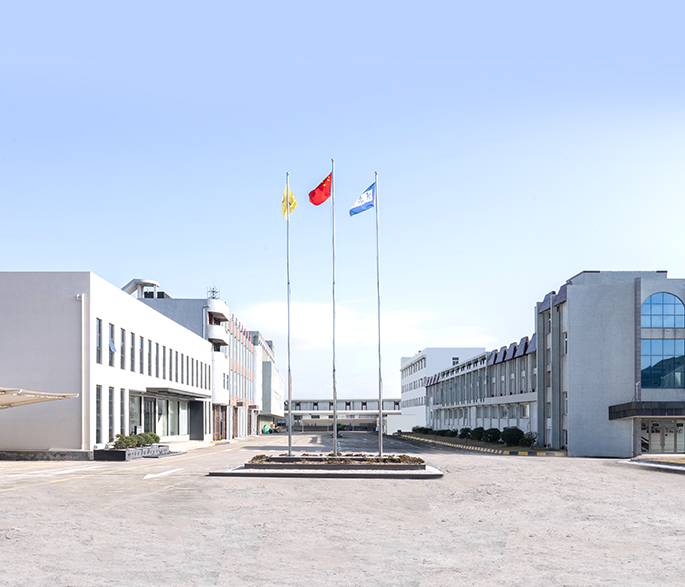
Zhoushan Jiaerling Meter Co., Ltd. is China Industrial Production Pressure Gauge Manufacturers and Custom Industrial Production Pressure Gauge Suppliers. The company was established in 2004. It is a high-tech enterprise integrating design, research and development, manufacturing, import and export trade.
The company is located in Zhoushan City, Zhejiang Province, covering an area of 15,000 square meters, equipped with a 100,000-level clean workshop, conventional production and assembly workshop, automated production workshop, new laboratory and comprehensive office building.
After more than 20 years of hard work and development, the company has a stable design and development, production team, and advanced production and testing equipment. The company specializes in the production of various types of pressure gauges with complete specifications, and the annual output of pressure gauges reaches 6 million. In order to further develop, the company not only seeks improvement in technology, but also pays more attention to product quality and after-sales service. The company's purpose is to "regard quality as life, survive by reputation, promote development by technology, and serve customers with high-quality brands". The products are sold all over the world and are well received by domestic and foreign customers.
In 2019, the company participated in the compilation of the standard T/CECS10012-2019 "Gas Heating Hot Water Boiler and Water Heater Water Circuit Components" of the China Engineering Construction Standardization Association.
Under the implementation of modern and digital enterprise management, the company has successfully introduced the advanced MES system in 2023, and the order process is fully visualized to track data, ensuring the continuity of production and improving production efficiency.
The company will continue to adhere to the principles of excellence, accuracy, reliability, continuous improvement, and meeting customer needs, hoping to share harmony and prosperity with friends across the country.
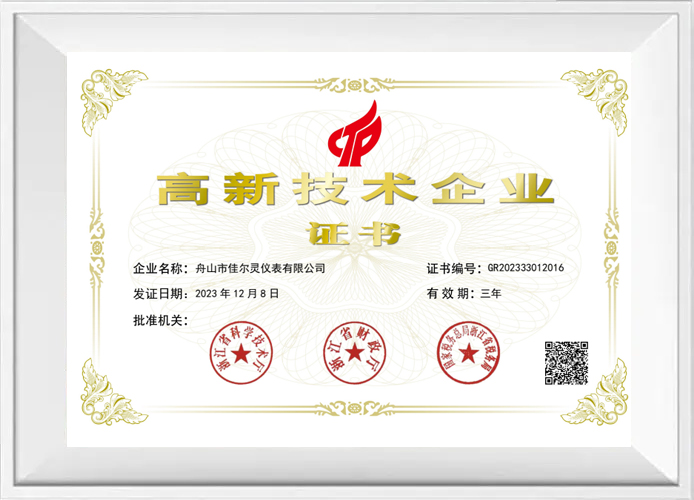







In the complex fluid measurements of the petroleum and chemical industries, the accuracy and stability of pressure instrumentation are crucial. Polypropylene (P...
View MoreIn the rigorous environment of the petrochemical industry, the reliability of pressure measuring instruments is paramount for safeguarding production and contro...
View MorePP diaphragm pressure gauges, with their polypropylene (PP) body and corrosion-resistant diaphragm materials (such as PTFE and Viton), occupy a unique position ...
View MoreThe core function of a PP diaphragm pressure gauge, particularly one used in corrosive environments such as the petrochemical and chemical industries, is to iso...
View MoreIn industrial applications, pressure gauge is a key measuring tool, and the stability of its performance directly affects the operating efficiency and safety of the entire system. Therefore, choosing a high-quality pressure gauge is the basis for ensuring its long-term stable operation. JRL's industrial production pressure gauge uses high-quality materials and advanced manufacturing processes, and has significant characteristics such as high precision, high stability and long life. In the selection of materials, we strictly screen key components such as shells and measuring elements to ensure that they can resist corrosion, vibration and impact in harsh working environments. In addition, in the design and manufacturing process, the range of fluid pressure changes and the requirements for measurement accuracy are fully considered to ensure that the pressure gauge can maintain the stability of its measurement performance in long-term use.
In order to further ensure the long-term stable operation of the pressure gauge, it is indispensable to establish a complete inspection and maintenance system. JRL recommends that users formulate a scientific and reasonable inspection plan based on the frequency of use of the pressure gauge and the working environment. The inspection content should include checking the appearance of the pressure gauge, the flexibility of the pointer movement, and the accuracy of the reading. At the same time, it is particularly important to clean and maintain the pressure gauge regularly to prevent dust, oil and other impurities from affecting the measurement accuracy. To this end, JRL also provides professional calibration services to ensure that the user's pressure gauge always remains within the specified measurement accuracy range.
Optimizing the working environment is also an important measure to improve the stable operation of the pressure gauge. JRL recommends that users improve the working environment as much as possible to reduce the impact of external interference on the pressure gauge. For example, the pressure gauge should be avoided from being exposed to harsh conditions such as extreme temperature, humidity, vibration or electromagnetic fields. If necessary, insulation devices, shockproof devices, etc. can be installed to enhance the anti-interference ability of the pressure gauge. In addition, regular monitoring and evaluation of the working environment to ensure that it meets the operating requirements of the pressure gauge is also a key measure to maintain its stability.
The skills and sense of responsibility of the operator are another important factor affecting the stable operation of the pressure gauge. JRL recommends that users regularly conduct professional training and assessment of operators to improve their operating skills and sense of responsibility. The training content should cover the basic principles, operating specifications and troubleshooting of the pressure gauge. Through systematic training, operators can master the correct use of the pressure gauge, identify and deal with potential problems in a timely manner, thereby ensuring the stable operation of the pressure gauge.
In the application process of pressure gauge, unqualified indication is a common and concerning fault type, which is mainly manifested as a significant difference between the value displayed by the pointer and the actual pressure value. There are many reasons for this problem, usually including improper angle between the tie rod and the sector gear, eccentricity of the center axis, etc. In order to solve this problem, JRL recommends that users first check the strength of the power arm at the end of the gear to ensure that it is consistent with the indication of the pointer. If the pointer is found to gradually increase or decrease during the measurement process, it can be corrected by adjusting the length of the power arm at the end of the gear. In addition, JRL also provides professional pressure gauge calibration services, aiming to provide users with accurate calibration solutions to ensure that the measurement accuracy of the pressure gauge is always within the specified range.
Another common fault is elastic deformation, which refers to the phenomenon that the pressure gauge has inconsistent readings and gradually increases in the process of increasing and decreasing pressure between two points of continuous calibration. This fault usually originates from the deformation of the elastic element inside the pressure gauge after long-term stress. For this type of fault, JRL recommends that users scrap it to avoid measurement errors caused by elastic deformation. However, if the pressure gauge pointer can still move, but the elastic deformation phenomenon is obvious, JRL also provides professional services to replace the internal elastic element to restore the measurement accuracy of the pressure gauge.
Unsteady pointer movement is also a common fault, which may be caused by gasket blockage, dirt accumulated at the gear connection, loose hairspring or stuck movement of the movement. For this problem, JRL recommends that users first clean up, remove blockages and dirt, and tidy up the hairspring to ensure the smooth operation of the movement. If the problem persists, JRL provides professional repair services to help users replace damaged parts to ensure the stable operation of the pressure gauge.
In addition, the error caused by pointer jump is also a common problem encountered by users when using pressure gauges. Pointer jump is manifested as the phenomenon of shaking or jumping of the pointer during measurement, which is usually caused by pipe blockage, friction between the pointer and the surface, and dirt at the connection between the center shaft and the sector gear. For this fault, JRL recommends that users first eliminate possible blockages, adjust the pointer position to eliminate friction, and clean the dirt at the connection between the center shaft and the sector gear. If the problem still cannot be solved, JRL also provides the service of replacing a new pressure gauge to ensure that the user's measurement needs are met.
Finally, the problem of the pointer deviating from the zero position also needs to be taken seriously. This phenomenon may be caused by the loosening of the fastening screws of the transmission mechanism, the bending or loosening of the pointer due to the excessively fast pressure reduction speed, and the permanent deformation of the spring tube. In response to this problem, JRL recommends that users first check and tighten the fixing screws, slowly reduce the pressure and adjust the pointer position, and replace the new spring tube at the same time. If a more professional solution is required, JRL also provides pressure gauge debugging services to effectively solve the problem of the pointer deviating from the zero position and ensure the normal operation of the equipment.